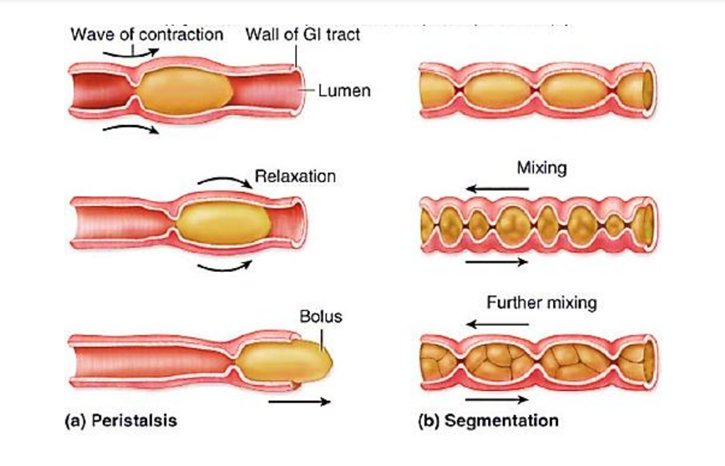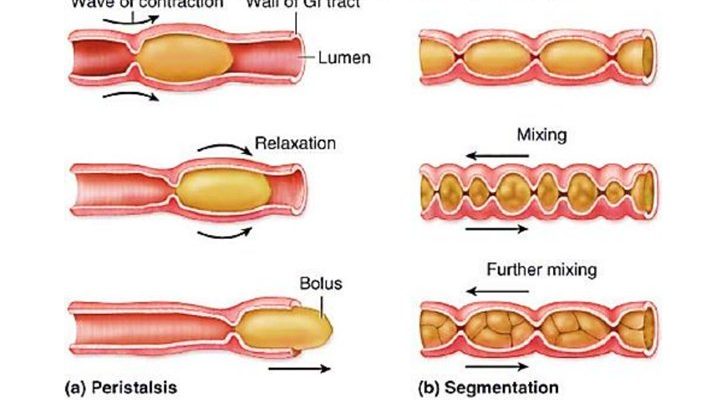
Think of peristalsis like a wave traveling through a long, flexible hose. As the waves move along, they push the contents of the hose forward. In the same way, bootlace worms contract and relax their muscles to propel themselves through water and on land. It’s a simple yet effective method, and it’s a key reason why these worms can navigate their habitats with ease. Let’s dive deeper into this movement technique and uncover more about the bootlace worm itself.
What Exactly Is a Bootlace Worm?
Bootlace worms, scientifically known as *Lineus longissimus*, are long, slender worms found primarily in European waters. They can reach lengths of up to 55 meters (or almost 180 feet), making them one of the longest animals on the planet! They usually have a soft, slimy body that allows them to squeeze into tight spaces and hide from predators.
These fascinating creatures often thrive in various environments, such as shallow coastal waters, muddy areas, and eelgrass beds. Their colors can range from brown to greenish-yellow, which helps them blend into their surroundings. This camouflage is essential for survival, as it protects them from hungry fish and other predators.
You might be wondering how such a long creature manages to move around efficiently. That’s where peristalsis comes into play, acting like a secret weapon for the bootlace worm in its underwater world.
Understanding Peristalsis
Peristalsis is a biomechanical process that involves rhythmic contractions of muscles along the length of an organism’s body. It’s not just limited to bootlace worms; many animals, including humans, use this mechanism for different purposes. For instance, when you swallow food, your digestive tract uses peristalsis to push food along.
In bootlace worms, peristalsis helps them swim, crawl, and even burrow into the sand. The movement starts with a contraction of the muscles in one part of the worm’s body. This contraction shortens the segment, while the rest of the body stays relaxed. Just like how a caterpillar moves, the worm moves from one section to another in a wave-like motion.
When the first segment completes its contraction, it relaxes, while the next segment starts to contract. This creates a continuous wave that travels along the body, allowing the worm to inch forward or move sideways if needed. It’s a simple yet effective way to get around!
How Bootlace Worms Use Peristalsis for Swimming
When it comes to swimming, bootlace worms utilize peristalsis to their advantage. As they undulate their bodies, they create a series of powerful waves in the water. This motion not only helps them move but also allows them to navigate through currents and dodge potential threats.
Imagine the worm as a swimmer in a pool. When it pushes off the side of the pool, it glides effortlessly through the water. Bootlace worms do something similar by repeatedly contracting and relaxing their muscles to push against the water. The waves they create can generate enough thrust to propel them forward and change direction.
In addition to swimming, this technique also aids in hunting for food. As they glide through the water, bootlace worms can capture plankton and small prey, making efficient use of their energy while maintaining their fluid movements.
Peristalsis on Land: How Bootlace Worms Crawl
While many people think of worms living in water, bootlace worms can also crawl on land. When they venture onto solid ground, the mechanics of peristalsis slightly change, but the principles remain the same. They still contract and relax their muscles continuously, but now they push against the ground instead of water.
This process might look a little different compared to swimming. As they move, their bodies make waves that help them grip the surface, allowing them to inch along without slipping. You could think of it like how a slug moves—slowly and steadily, using its slime as a lubricant to ease the process.
You might be surprised at the adaptability of bootlace worms. Their ability to move in both water and on land showcases their resilience and evolutionary success. It’s a great example of how organisms can thrive in multiple environments.
The Importance of Peristalsis in the Ecosystem
Peristalsis plays a critical role in the ecosystem, especially for bootlace worms. By being both predators and prey, these worms maintain a balance within their habitats. They help control the populations of smaller organisms by feeding on them while also providing food for larger predators, like fish and birds.
Moreover, their movement aids in aerating the soil and sediment. As they crawl through the earth or seabed, they create channels that allow air and water to circulate. This is crucial for plant growth and overall soil health, which benefits the entire ecosystem.
It’s fascinating to consider how such a simple movement mechanism can have a far-reaching impact. The bootlace worm might seem small and insignificant, but its role within the ecosystem is anything but!
Common Misconceptions About Bootlace Worms
Despite their intriguing nature, there are several misconceptions surrounding bootlace worms. One common myth is that these creatures are venomous or dangerous. In reality, while they can look intimidating due to their length, bootlace worms are harmless to humans. They don’t pose any threat and, if anything, are more interested in avoiding confrontation.
Another misconception is that bootlace worms are purely aquatic. While they mostly live in water, they have adapted to crawl on land as well. This adaptability is a testament to their evolutionary evolution and showcases their ability to thrive in varying environments.
It’s essential to challenge these misconceptions to help foster appreciation for bootlace worms. They’re a vital part of our ecosystems and deserve recognition for their unique adaptations.
Learning about how bootlace worms use peristalsis for movement not only gives us insight into their lives but also highlights the complexity of simple biological processes. Understanding how these organisms navigate their environments can inspire curiosity about the world around us.
Moreover, recognizing the significance of peristalsis extends beyond the bootlace worm. This process is a reminder of the intricate connections that sustain our ecosystems. From aiding in food webs to enhancing soil health, each creature plays a role that is crucial to maintaining balance in nature.
By appreciating the wonders of life, like the bootlace worm and its graceful movements, we foster a deeper understanding of the natural world. So, the next time you see a worm—whether in the garden or at the beach—take a moment to marvel at the beauty of its movements and the science that lies behind it.

